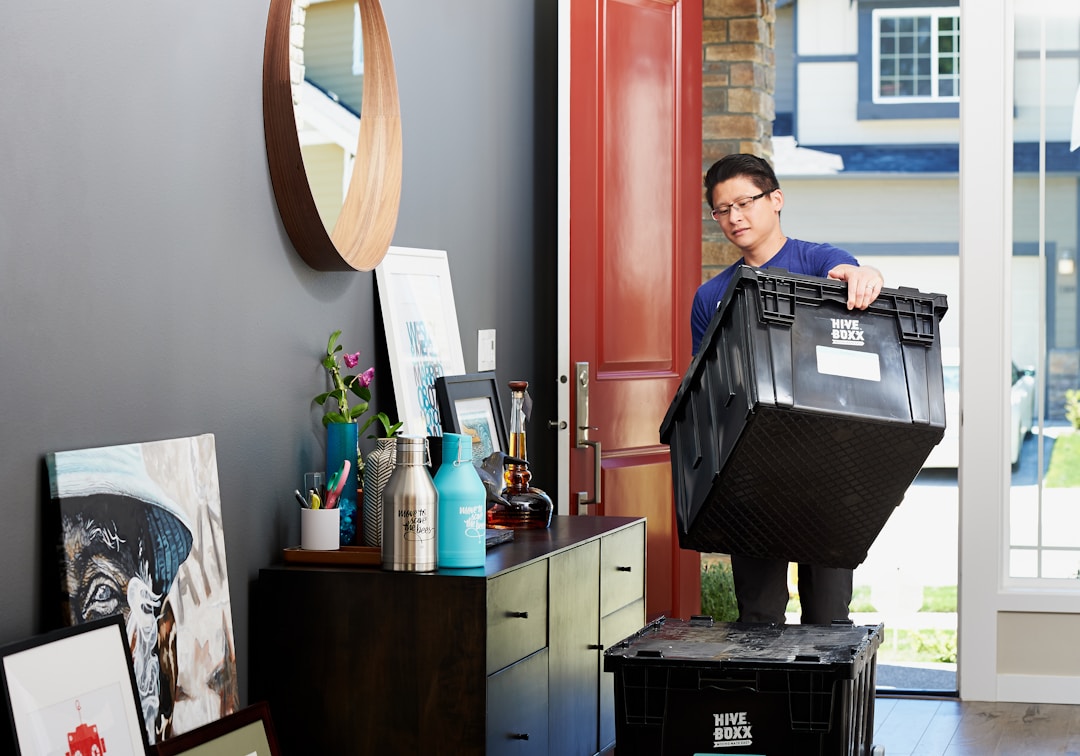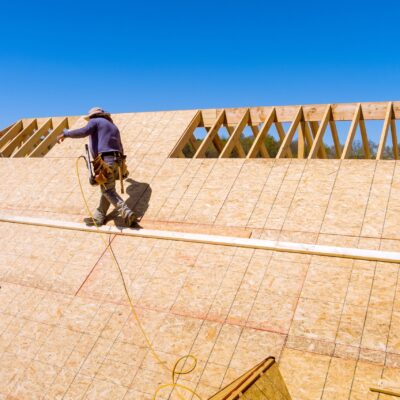Flooding at home is nothing short of a nightmare. The mere sight of your floor, kitchen, toilet and other parts of your home submerged are more than enough to bring on panic. What’s worse is the timely and expensive home renovation that comes afterward. The good news is that there are ways to mitigate the situation. From finding the best general contractor and architect for your renovation project to doing it yourself for the first time, there’s a lot to be learned in the following paragraphs.
1. Aim to protect yourself and your family.

Water, just like fire, can be a wonderful servant but a terrifying master. In the event of any water damage, you need to look out for yourself and your family, ensuring you all stay safe no matter what. You can do this by turning off your power first. This is ideal as water and electricity don’t mix well. Avoid all wet areas, and be sure to get a professional electrician to come in and take care of the power.
It’s also a good idea to hire a roofing specialist. There are companies like Chad Dodson Roofing that do a great job on that front. If you’re in the Abilene area, this is certainly one company to look out for. They offer roof repairs, new roof installation, roof replacement, and leak detection services. They’ll walk you through the entire roofing process from start to finish.
2. Start renovation immediately.
If you can, get to the remodel business quickly. If it’s a bathroom renovation, it’s best to get on to it as soon as possible. Opt for a professional job rather than a DIY. If you’re unsure where to start, a quick Google search will help on that front. For example, if you’re based in the Houston area, searching for “Houston bathroom remodel” will likely deliver some viable results. A renovation like this will help increase the value of your home with the new construction. Go ahead and get that marble bathroom of your dreams and the freestanding tub made from natural stone. You deserve it.
3. Call your insurance company.

Depending on the home insurance you have, there are varying policies that come with it. Immediately after the water damage, be sure to get into contact with your insurance company. Their job in such moments is to get an adjuster, who might be a contractor or builder, to come and assess the damage caused by the water.
The adjuster assesses everything from your carpet to the floor, tile, and even your bathtub. This helps determine if the company can cover the damages. Before, during, and after your cleanup, be sure to take photos and document the value of every damaged item. This will make the adjuster’s job easier.
4. Use protective clothing.
When reentering your home after water damage, make use of protective gear like rubber boots and gloves. You might be in a hurry to remodel the spaces or get someone to calculate the value of your losses. However, it would help if you didn’t do all this at the expense of your life.
Protect yourself and your family from bacteria that might be in the water by wearing protective clothing. The bacteria could come from anywhere, like your toilet, faucet, vanity, or even from your patio.
5. Protect all your valuables.

For those durable items that are visibly valuable, like your kingwood furniture, accessories, and so on, you can move them away from harm’s way. Another tip is to insert tin foil under the feet of your wood furniture to prevent staining on your carpet. This helps prevent the rapid spread of mold on items that mean the world to you.
All in all, the emotions that come with water damage in our homes can be inexplicable, but we believe we can look back and smile with these points. Remember, water damage isn’t the end of the world. It is only a second chance to get the best bathroom, shelves, patio, powder room, and interior design for your home.



